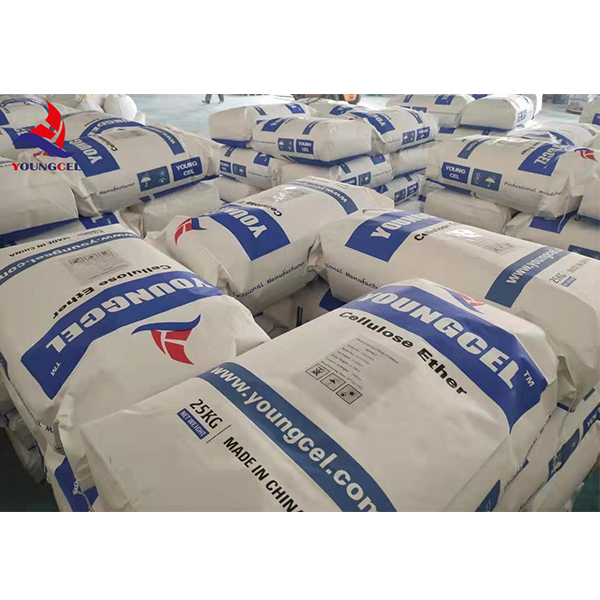The Importance of Chemical Composition in Tile Bonding
Tile bonding is a crucial aspect of construction and interior design, ensuring that tiles adhere effectively to surfaces for both functional and aesthetic purposes. The effectiveness of tile adhesives often hinges on their chemical composition, which varies significantly among different products on the market. Understanding these chemical properties can not only enhance the aesthetics of tiled surfaces but also ensure durability and longevity, making it a key consideration for both professionals and DIY enthusiasts alike.
Understanding Tile Adhesives
Tile adhesives, also known as tile mortars, come in various forms including thin-set mortars, mastic, and epoxy. Each type contains a unique blend of chemicals that influence its bonding capabilities, drying time, and resistance to environmental factors. Thin-set mortars are typically comprised of cement, sand, and water-retention compounds. The cement component, often Portland cement, is crucial as it hydrates and hardens over time, forming a strong bond between the tile and the substrate.
Mastics, on the other hand, are generally polymer-based adhesives that are easier to work with and provide a stronger bond for non-porous tiles such as glass and ceramics. They often contain additives such as latex or other synthetic polymers, which enhance their adhesion properties and flexibility, allowing for greater tolerance to movement.
The Role of Additives
chemical for tile bond

In addition to the primary components of tile adhesives, various additives are incorporated to improve performance. For instance, plasticizers are often added to improve the workability of the adhesive, making it easier to apply and spread. Other chemical compounds, such as accelerators or retarders, can adjust the curing time, enabling faster project completion or allowing for longer working time based on specific needs.
The choice of additives can significantly affect the adhesive’s chemical resistance, particularly in environments that are prone to moisture, heat, or chemical spills. For instance, epoxy adhesives, which contain a resin and hardener, are known for their superior bonding strength and resistance to chemicals, making them an excellent choice for commercial spaces or high-moisture areas like bathrooms and kitchens.
Environmental Considerations
In recent years, there has been a growing emphasis on using environmentally friendly products in construction, including tile adhesives. Manufacturers are developing formulations that reduce volatile organic compounds (VOCs), making them safer for indoor air quality. These eco-friendly alternatives often utilize natural or recycled materials while maintaining the performance standards required for effective tile bonding.
Conclusion
In summary, the chemical composition of tile adhesives plays a vital role in their effectiveness and suitability for various applications. From traditional cement-based mortars to advanced polymer and epoxy solutions, each type of adhesive offers unique properties that cater to specific needs. Understanding these differences enables contractors, designers, and homeowners to make informed choices, ensuring not only the beauty of tiled surfaces but also their durability and resilience over time. As the industry evolves, a focus on innovation and sustainability will likely lead to even more advanced bonding solutions, making tile installation more efficient and environmentally friendly than ever before. Whether embarking on a simple home renovation or a large-scale construction project, recognizing the importance of chemical compositions in tile bonding is essential for achieving the best results.
-
Premium Detergent Grade HPMC Hydroxypropyl Methylcellulose: Superior Thickening & StabilityNewsAug.31,2025
-
HEC 100000 Hydroxyethylcellulose for Paint | Superior ThickeningNewsAug.30,2025
-
Wall Putty Rdp Powder Packaging DesignNewsAug.29,2025
-
Introduction to Hpmc Hydroxypropyl Methyl CellulosNewsAug.29,2025
-
Hpmc Industri Grade IntegrationNewsAug.29,2025
-
How to Choose the Right Construction AdhesiveNewsAug.29,2025




